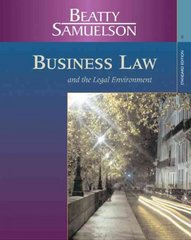You have been asked to determine if two different production processes have different mean numbers of units produced per hour. Process 1 has a mean dened as (.11 and process 2 has a mean dened as \"2. The null and alternative hypotheses are H0: p1 p2 so and H1: (.11 p2 > 0. The process variances are unknown but assumed to be equal. Using random samples of 36 observations from process 1 and 25 observations from process 2, the sample means are 63 and 48 for populations 1 and 2 respectively. Complete parts a through d below. 3 Click the icon to view a table of critical values for the Student's t-distribution. a. Can you reject the null hypothesis, using a probability of Type | erroru = 0.05, if the sample standard deviation from process 1 is 31 and from process 2 is 27? The test statistic is t= 866.627 . (Round to three decimal places as needed.) The critical value(s) is(are) 1.957I. (Round to three decimal places as needed. Use a comma to separate answers as needed.) Since the test statistic is l l b. Can you reject the null hypothesis, using a probability of Type I error a. = 0.05, if the sample standard deviation from process 1 is 20 and from process 2 is 30? The test statistic is t= |:| (Round to three decimal places as needed.) The critical value(s) is(are) El. (Round to three decimal places as needed. Use a comma to separate answers as needed.) Since the test statistic is l l c. Can you reject the null hypothesis, using a probability of Type I errora = 0.05, if the sample standard deviation from process 1 is 30 and from process 2 is 31? The test statistic is t= |:| (Round to three decimal places as needed.) The critical value(s) is(are) = D. (Round to three decimal places as needed. Use a comma to separate answers as needed.) Since the test statistic is 1 l d. Can you reject the null hypothesis, using a probability of Type I error a, = 0.05, if the sample standard deviation from process 1 is 15 and from process 2 is 40? The test statistic is t= |:| (Round to three decimal places as needed.) The critical value(s) is(are) = D. (Round to three decimal places as needed. Use a comma to separate answers as needed.)







